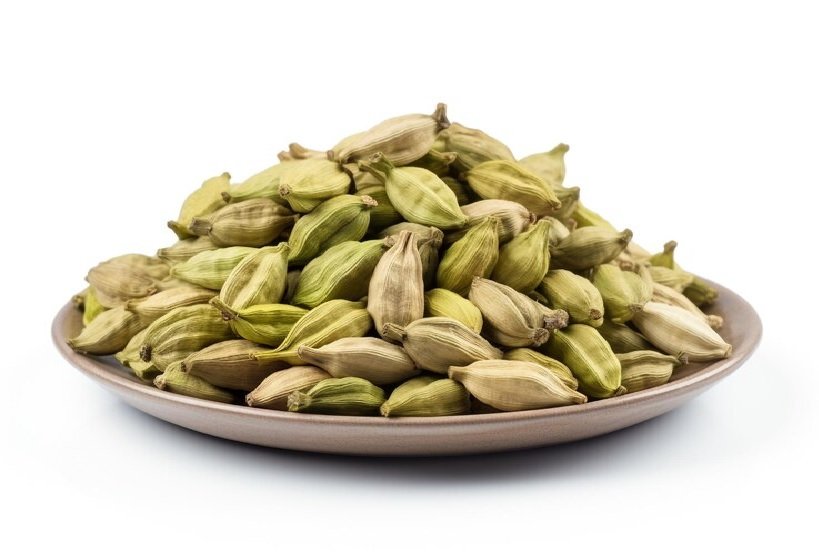Heavy monsoon rains have increased the risk of insect-disease attacks in cardamom plantations
01-Jul-2025 03:37 PM

Idukki. This year, due to the arrival of the southwest monsoon before the scheduled time and heavy rains during May-June in the major producing areas, the risk of disease-insect attacks on the cardamom crop has increased and the grain setting has also become better.
Symptoms of fungal disease and clump rot disease are being seen in cardamom plantations located in high altitude areas.
According to the producers, there was heavy rain in the plantation areas with strong winds in May-June, which generally benefited the cardamom crop, but at the same time there is a possibility of damage due to the spread of disease-insect attacks.
According to a leading organization, in early June, the condition of the green (small) cardamom crop was looking normal and satisfactory like last year, but due to continuous rains, the maturity of the grain will be delayed and its harvesting is likely to start in mid-July to August.
At present, the average auction price of cardamom is being reported to be around Rs 2,650 per kg. It seemed that this time the new crop would start arriving from the last week of June.
Stock of cardamom is left in the producing areas and consumption centers. The previous production of cardamom was weak, so the Disawari traders and dealers were not able to make a huge stock of it.
The export performance of cardamom was satisfactory and its domestic consumption was also good in the last festive season.
Looking at this, it seems that this time when the new consignment of cardamom starts arriving in the auction centers, then its business can be much better.
The crop of small cardamom has started maturing in Idukki district and its plucking and preparation is likely to start in mid-July, but strong supply will be possible only in August.
If there is no excessive rain in July-August, then regular arrival of new consignment will continue and there will be no hindrance in the business.
The crop has suffered some damage due to diseases, insects and strong winds, due to which its production may be 10–15 percent less than the earlier estimate, but still the total production of cardamom is estimated to be around 30,000 tonnes.
